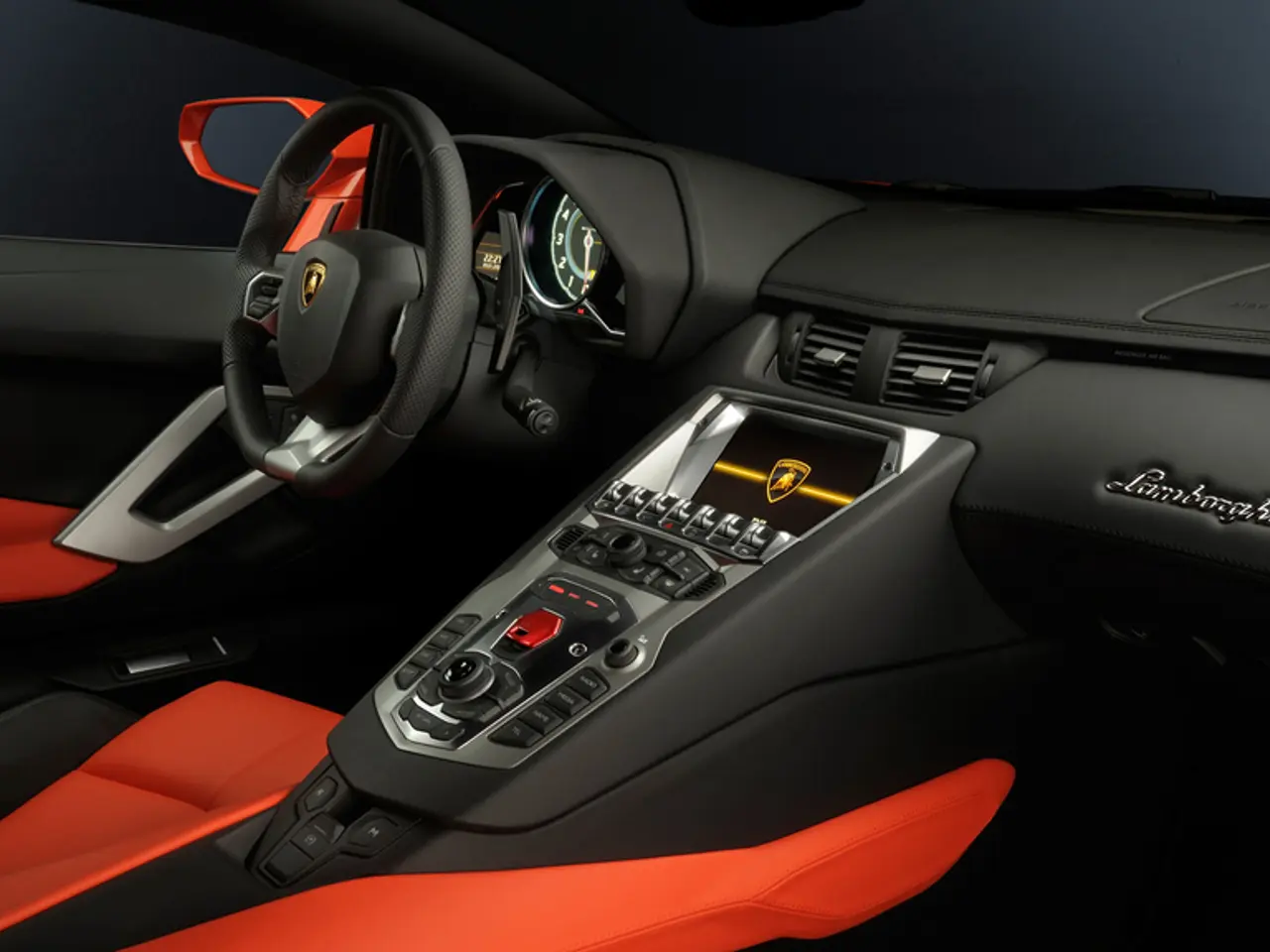Let's get to work on Skoda, shall we?
In a nod to the past, Skoda has revealed a contemporary interpretation of the beloved Felicia Fun model. The artist behind this revitalised design is French stylist Julien Petitseigneur, who has been a part of Skoda's interior design team for several years.
Petitseigneur, known for his work on the Vision 7S study, has drawn inspiration from digital aids to craft a fresh vision for the Felicia Fun. The new interpretation boasts a wider overall structure, large wheels, black wheel arch trims, and a distinctive contrast spoiler, giving it a bold and dynamic appearance.
The body of the new Felicia Fun model also features a delightful nod to the 1990s, with pink rear lights connected by a light strip. The rear design is a charming blend of the past and present, reminiscent of classic tube monitors and video games from the era.
Inside, the new interpretation showcases a mix of old and new style elements. A continuous screen across the width of the cockpit, inspired by current Skoda models, takes centre stage. This screen, with its display oriented towards the optics of 1990s video game screens, is a playful touch that adds to the overall charm of the vehicle.
Pink accents can be found throughout the design, from the brand logo to the wheels and window trim. Add-on parts such as bumpers, side skirts, or the rear spoiler could be accented in green or orange, adding a pop of colour to the vehicle.
The new Felicia Fun model is oriented towards current electric models from Skoda. This modern take on the classic model retains the characteristic yellow colour of the original, while also incorporating elements such as the Tech-Deck mask and T-shaped LED lights, which recall the Vision 7S study.
Interestingly, the original Felicia Fun model, produced between 1997 and 2000 at the Skoda plant in Kvasiny, was unique in that it had a sliding partition wall behind the front seats, creating space for two additional seats in the open air.
Petitseigneur's work on the Felicia Fun model is not his first collaboration with Skoda. He was also involved in the concept car Vision O, which marks the next step in Skoda's design approach. The Felicia Fun model, with its 4,216 units produced and all painted yellow, holds a special place in Skoda's history, and this new interpretation is a testament to the brand's commitment to preserving its heritage while moving forward into the future of electric mobility.








